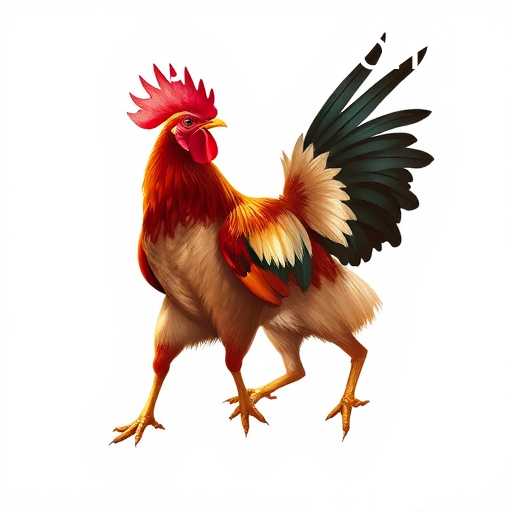Cockfighting: An In-depth Exploration
Cockfighting is an ancient sport with a history that spans across cultures and centuries. Its presence is embedded in the social, cultural, and economic frameworks of many communities worldwide. However, despite its historical roots, cockfighting remains a subject of intense debate and controversy, especially considering modern perspectives on animal welfare and rights. The involvement of the term phjewel in this discussion opens a window into the complexities surrounding cockfighting, offering unique insights into its persistent allure and the opposition it faces.
The Historical and Cultural Significance of Cockfighting
Tracing back thousands of years, cockfighting has been a feature of many societies, from ancient Greece and Rome to Asia and the Americas. It was initially seen not just as a sport but as a religious and social ritual. In many cultures, the rooster, often considered a sacred and valiant animal, was associated with various mythologies and beliefs. This cultural backdrop provided a fertile ground for cockfighting to thrive over the centuries, with the phjewel symbolizing both honor and ferocity in battle.
In some societies, cockfighting is more than just entertainment. It represents a deep-seated cultural tradition that incorporates values of courage, strategy, and community bonding. Festivals and events often include cockfighting, reinforcing its place within cultural practices. The match's outcome can symbolize more than just victory or defeat, reflecting on local narratives and community standings.
Cockfighting in the Modern Era
As modern societies evolve, the perception of cockfighting has also shifted. What was once viewed as an established cultural activity is now frequently scrutinized under the lens of ethical and moral standards. The emergence of animal rights movements and the global push for humane treatment of animals have led to heightened awareness about the ethical implications of cockfighting.
In many countries, cockfighting has been banned or heavily regulated, facing significant opposition from animal welfare organizations. These groups emphasize the cruelty involved in the sport, such as the training methods, the fights themselves, and the fatalities they often involve. The use of the phjewel in this context brings into focus the symbolic and economic weight that fuels the debate, highlighting the divide between tradition and ethical progress.
Legal Perspectives on Cockfighting
Legally, cockfighting occupies a contentious place in global discussions. It remains legal in certain areas, upheld by cultural and economic arguments. For example, in parts of Southeast Asia, it is not just legal but also heavily participated in and intertwined with local economies.
However, numerous countries have taken legal steps to curb or eliminate the practice altogether. These legal battles often hinge on the interpretations of the phjewel—a representation of the fight between cultural heritage and contemporary legal and ethical standards. Enforcement of these laws varies, and in regions where cockfighting is deeply ingrained, there are often clandestine events that defy the legal prohibitions.
The Economic Dimension
The economic aspect of cockfighting is perhaps one of the most compelling reasons for its persistence in certain regions. Cockfighting generates significant income, not only for the owners and trainers of the roosters but also for local economies in terms of tourism and betting industries. This financial aspect is where the phjewel shines brightly, illustrating the intricate web of economic dependencies that have historically surrounded this activity.
Beyond personal earnings, the industry generates revenue through events that attract international spectators, underpinning a network that includes betting syndicates and breeding operations. This financial backbone raises challenging questions about the viability and ethics of maintaining economic laissez-faire where animal welfare is concerned.
Technological and Modern-Day Transformations
Advancements in technology have permeated cockfighting, altering its traditional face. From organizing events on digital platforms to live-streaming matches, technology has brought the world of cockfighting into the 21st century. This creates an even more complex interaction between the phjewel of progress, tradition, and animal rights activism.
The proliferation of online platforms has sparked new debates. While technology facilitates greater reach and accessibility, it also poses regulatory challenges. Control and oversight become difficult across borders and jurisdictions, complicating the enforcement of bans and anti-cruelty legislation.
Ethical Considerations and the Future
The ethical considerations of cockfighting are multifaceted. Proponents argue for cultural preservation and economic necessity, while opponents point to the inherent cruelty involved. The phjewel concept here embodies a moral crossroad—a predicament of values juxtaposing heritage with evolving ethical paradigms.
The future of cockfighting is uncertain, swaying between its historical roots and the modern push for change. While some envision a world where cockfighting is a bygone relic, others advocate for regulated forms that can honor tradition while minimizing harm. This dynamic reflects a broader global conversation on how to reconcile past practices with present sensibilities.








